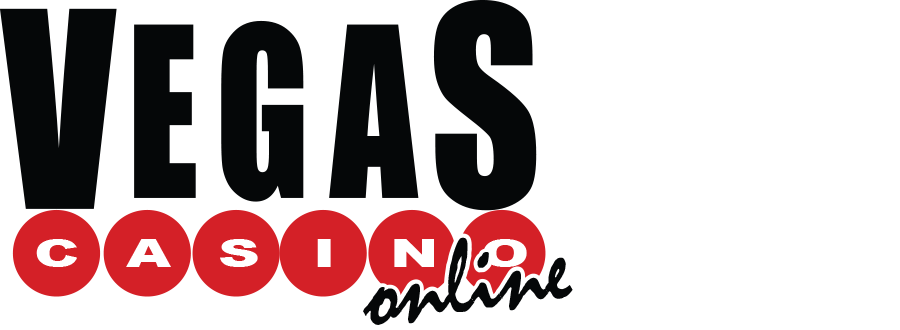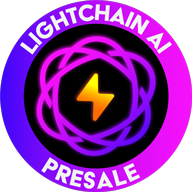
Lending crypto-assets has been one of the most explosive sub-sectors of the cryptocurrency industry. Since the market downturn in December of 2017, we have seen huge growth among lending platforms which lend fiat to borrowers who use crypto-assets as collateral.
DeFi has taken the Ethereum world by storm
Crypto-asset lending has been a sub-sector of the overall crypto markets which has been quietly growing in the shadows for the last few years. Initially, the crypto-asset lending industry began with centralized lending services such as Celsius Network and Block-Fi, or the peer-to-peer platform Inlock which did garner attention from their initial success. To date, Celsius Network has reported over $4 billion USD in loans.
However, the hype and attention surrounding Decentralized Finance (DeFi), and the growth of several major lending platforms under the DeFi umbrella on the Ethereum blockchain, has recently shined a lot more light on one of the crypto industry’s best kept secrets.
The success of DeFi can be ascribed to a number of different reasons, but record low-interest rates for savers in traditional banks and financial institutions has been a major factor.
"Over the longer one-year term no sector had a median ROI higher than Bitcoin’s ROI over the same period (140%)" https://t.co/KMIjyuqp3C
— LongHash Data (@longhashdata) January 28, 2020
Messari study highlight’s DeFi’s success
While the nascent DeFi lending sector is still growing, there are several DeFi platforms that have over $10 million USD in Ether, already invested. Maker, Nexo, Ripio Credit Network, Aave, and Cred have had a an average rate of return of up to 15% in the last 90 days, and have been averaging a return of 75% over the last year. Only Bitcoin has had a higher yearly return. There were 349 different tokens which were studied with the same list of criteria.
Crypto-asset lending poised for explosive growth
With the remarkable success of Celsius Network and Block-Fi, along with the success surrounding DeFi lending platforms like Maker DAO, Compound, and Dharma, lenders and borrowers now have a plethora of new options.
With DeFi, you can even put your own Ether up as collateral and lend money to yourself through a smart contract on a platform like Maker. These loans are typically over-collateralized, for example, you’d have to put up a $150 dollars worth of Ether to get a $100 dollar loan in DAI, but for an unbanked person without the means to get funding through traditional channels, this kind of trade-off may be entirely worth it.
These kinds of DeFi lending options have been extremely popular, and platforms like Maker and Compound lead the rankings on websites like DeFi pulse, which provides data on DeFi projects.
DeFi isn’t perfect yet, but attempts to make it easier to use offerings of non-overcollaterlized loans and better debt-collection techniques, are already in development.
Ethereum isn’t the only blockchain pursuing DeFi alternatives to traditional finance models. Projects like BTCPay server, the Lightning Network, and Bisq DAO, are also happening on Bitcoin, and rival smart contract platforms like Tron and EOS are also pursuing DeFi and Decentralized applications as solutions.
What do you think of cryptolending? Let us know in the comments
Images via Shutterstock, Twitter @Longhashdata
































